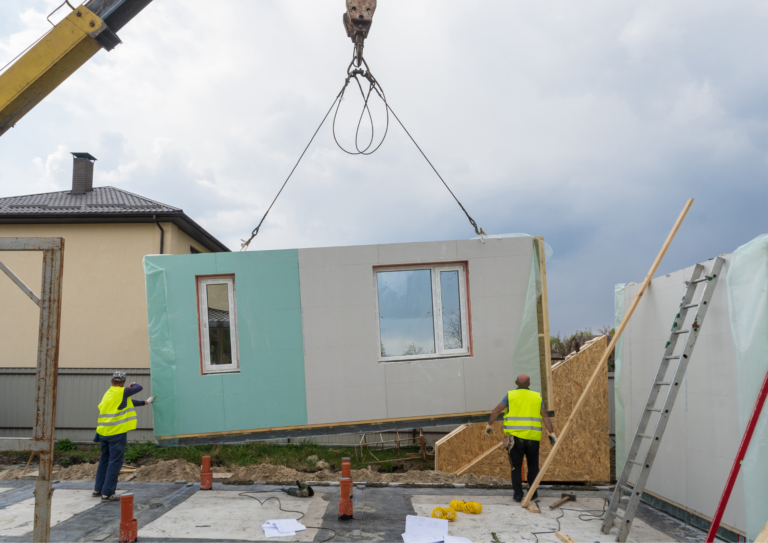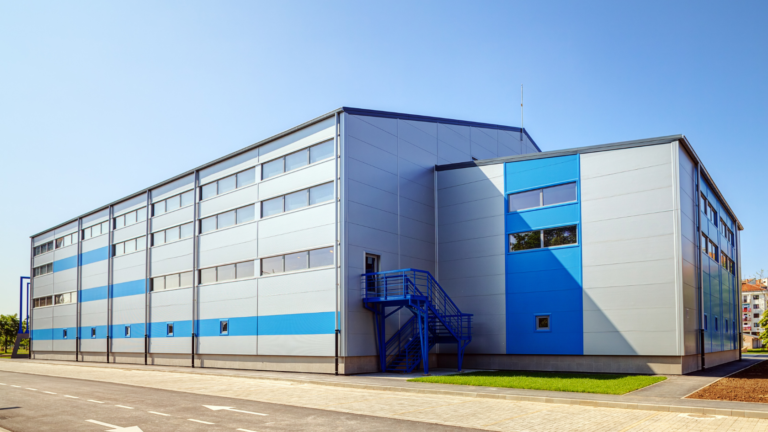Do you want to know which type of drywall is perfect for your room? In this blog, we will discuss different types of drywall you can consider using. First of all, let’s discuss what is a drywall. It is made up of gypsum and used in modern construction, particularly for creating walls and ceilings. Its versatility, ease of installation, and cost-effectiveness make it a favorite among builders and homeowners. Now, it’s time to discuss some of its types.

1. Regular Drywall (White Board)
Regular drywall, commonly referred to as whiteboard, is the standard type used in most residential construction. The Gypsum core is placed between two layers of paper. or fire resistance. If you have no special requirement for fire or moisture resistance, then regular drywall is the perfect option for you!
Advantages:
- Cost-effective
- Easy to install and finish
- Widely available
Best Uses:
- Living rooms
- Bedrooms
- Hallways
2. Moisture-Resistant Drywall (Green Board)
As the name shows, moisture-resistant drywall is designed for areas with higher humidity levels. If you are tired of moisture seepage into your rooms, then this is the best option you can select. It has a wax-coated surface that helps to repel moisture, making it ideal for use in bathrooms, kitchens, and basements. However, it is not waterproof and should not be used in direct contact with water.
Advantages:
- Resistant to moisture
- Prevents mold growth
Best Uses:
- Bathrooms (not in shower areas)
- Kitchens
- Basements
3. Mold-Resistant Drywall
Mold-resistant drywall, also known as purple board, is specifically designed to resist mold growth. Special additives are used in it that retards the mold growth. The paper facing is treated to be moisture-resistant, and the core is enhanced to resist mold growth.
Advantages:
- Highly resistant to mold and mildew
- Suitable for high-humidity areas
Best Uses:
- Bathrooms
- Laundry rooms
- Basements
4. Fire-Resistant Drywall
Fire-resistant drywall, also known as Type X drywall, contains non-combustible fibers in its gypsum core, which help to slow down the spread of fire. It is commonly used in areas where fire protection is crucial, such as in walls and ceilings adjacent to garages, furnace rooms, and stairwells. So, if you are considering making your living space fire-resistant, then go for it!
Advantages:
- Enhanced fire protection
- Provides Meets building code requirements for fire-rated assemblies
Best Uses:
- Attached garages
- Furnace rooms
- Stairwells
5. Soundproof Drywall
The name speaks of its purpose! Soundproof drywall is designed to reduce noise transmission between rooms. It is usually composed of multiple layers of gypsum and other materials that dampen sound vibrations. This type of drywall is thicker and denser than regular drywall, providing superior soundproofing capabilities. If you are a builder and working on an apartment, then you can choose this drywall in the partitioning of an apartment’s room.
Advantages:
- Reduces noise transmission
- Enhances privacy and comfort
Best Uses:
- Home theaters
- Bedrooms
- Shared walls in apartments or condos
6. Lightweight Drywall
Lightweight drywall is similar to regular drywall but is about 25% lighter. This makes it easier to handle and install, particularly for do-it-yourself projects or for use in ceilings where reducing the load is beneficial. Despite being lighter, it still provides the same performance as standard drywall.
Advantages:
- Easier to handle and install
- Reduces physical strain during installation
Best Uses:
- Ceilings
- DIY projects
- Anywhere regular drywall is used
7. Flexible Drywall
Flexible drywall is thinner than standard drywall, usually around 1/4 inch thick, and is designed to be curved or bent to fit around curved walls and architectural features. It is used in applications where standard drywall would crack or break due to bending.
Advantages:
- Can be bent to fit curved surfaces
- Allows for creative architectural designs
Best Uses:
- Curved walls
- Archways
- Unique architectural features
Final Words
Selecting the right type of drywall is the most important decision when constructing or renovating your house! Do consult with experienced persons before making the final decision. Good luck!
Brickborne believes in accuracy and time construction without wastage of resources. We believe in economical and sustainable construction. With the advancing world, software is here to assist us in the construction field. Brickborne provides construction drawings as per codes of the region, 3D modeling, rendering, and animation walkthroughs of both interior and exterior, and quantity surveying and cost estimation. Choose us to change your dreams into reality as we say, Brickborne- We Design Your Ideas!





